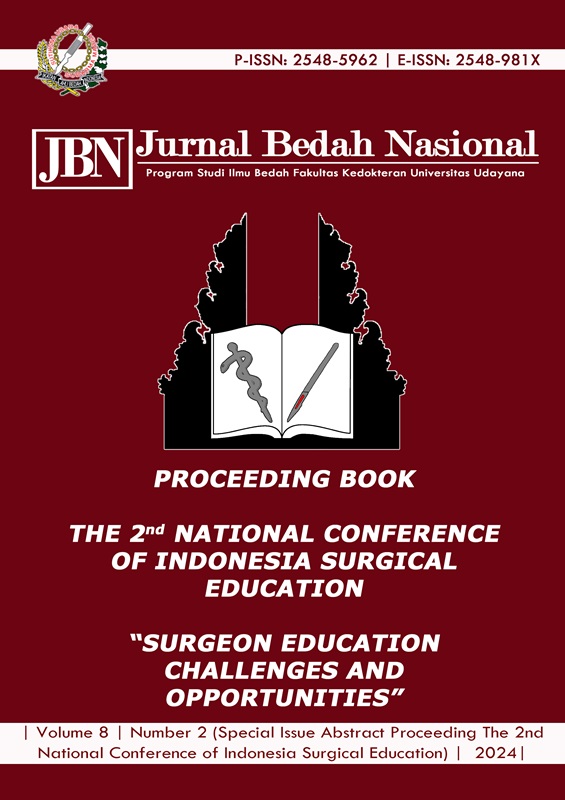021. Outcomes of Adult Patients That Got Full Thickness Skin Graft with Skin Defects After the Surgical Wide Excision: Observational Case Series Study
Abstract
Background: Full-thickness skin grafting plays an important role in reconstruction for excessive skin defects after the surgical wide excision. For closed defect consideration, full-thickness skin grafts can be used, The most common full-thickness skin graft donor sites include the retroauricular region, supraclavicular region, inguinal fold, buttock fold, hypothenar area, and anterior wrist fold. In this study. Methods: This is a single institutional, retrospective, observational case series study. We included 8 patients who underwent skin reconstruction using full-thickness skin grafts to close skin defects caused by the excision of skin tumor or trauma, between January 2024 and July 2024. Demographic data, including sex, age, location and photographs, and were collected. Results: the follow up for 8 patients that got full-thickness skin graft, we can make conclusion that full-thickness skin graft, can be the choice to closed the defect. The outcome of the patient is good with the defect is closed. Conclusion: Full-thickness skin grafting is a common technique for reconstructing skin defects after surgical wide excision. This case series demonstrates that using full-thickness grafts can effectively close these defects. Despite the challenges posed by the extent and location of the defects, the grafts provided a reliable solution when primary closure was not possible. Overall, this study highlights the importance of full-thickness skin grafting in the field of reconstructive surgery.
Downloads

This work is licensed under a Creative Commons Attribution 4.0 International License.
Program Studi Ilmu Bedah Fakultas Kedokteran Universitas Udayana. 
This work is licensed under a Creative Commons Attribution 4.0 International License.






